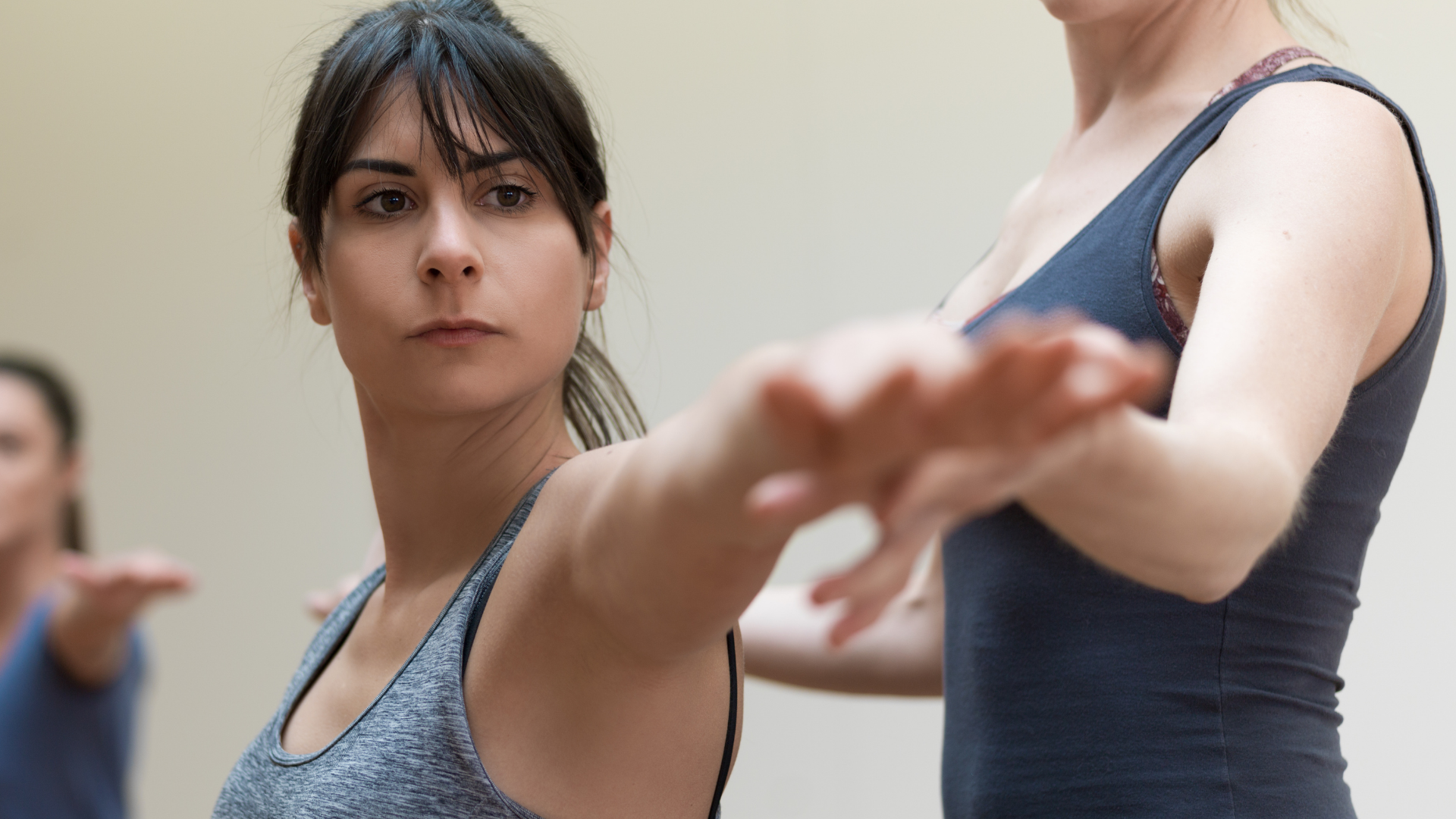
You’ve seen them: the many studies of how yoga can benefit those who have anxiety, PTSD, depression, and the like. The science speaks for itself, and we are beginning to see the medical community realize the efficacy of the practice and promote this healing discipline. In the March 2016 edition of Yoga Journal, Susan Enfield writes of yoga, “The healthcare world’s increased acceptance of yoga therapy is partly due to a significant body of clinical research that now documents yoga’s proven benefits for a range of health conditions, including back pain, anxiety, depression, and insomnia, as well as its ability to help reduce risk factors for cardiovascular disease and hypertension. Yoga has even been documented as a way to alleviate the side effects of cancer treatment.” I’m grateful for this growing body of evidence as I’ve personally experienced the benefits as a sufferer of anxiety and obsessive thought patterns.

Let’s take a closer look at why it is so beneficial. The amygdala is a structure in the brain that is responsible for alarming other systems when there is danger. The problem with anxiety is that there can be no danger present, but you are responding to something that says there is. Your biology gets on board and many chemicals and neurotransmitters spring into action. Your heart races, you sweat, you begin to feel pressure on your chest, your mind begins to race, etc. This is where the benefits of yoga are possibly seen at their best – the calming effect. Yoga stimulates the vagus nerve (meaning wanderer). There are very few areas of the body this nerve does not affect. Coined “vagal toning,” the stimulation of this nerve has a calming effect and works with the parasympathetic nervous system to bring peace back to the body and mind.
Above and beyond the physical effects of this calm state, your thoughts are now able to be “sorted out” without the fog of an emotional response that may not fit the situation. This is seen often in a person who has been traumatized, when a noise, smell, song, etc. triggers a memory of the trauma they experienced. They are now safe, but their mind is telling their body it is happening again.
Adding to this experience is the balance in mind/body emotional processing that comes from adding movement to the picture. Movement integrates the different sides of the brain. The asana practice of yoga (the physical postures) aids in the above process making the movement itself meditative. Added all together, though admittedly not fully understood by science, you have a recipe for a calm mind and body – an excellent bolster to traditional therapies for trauma.
If you would like to learn more about this topics, please check out the Trauma Sensitive training and certification program. It is open to those desiring to heal their own trauma through yoga, those who seek to help others heal trauma through the modality of yoga, and those who are wish to work with trauma survivors.
